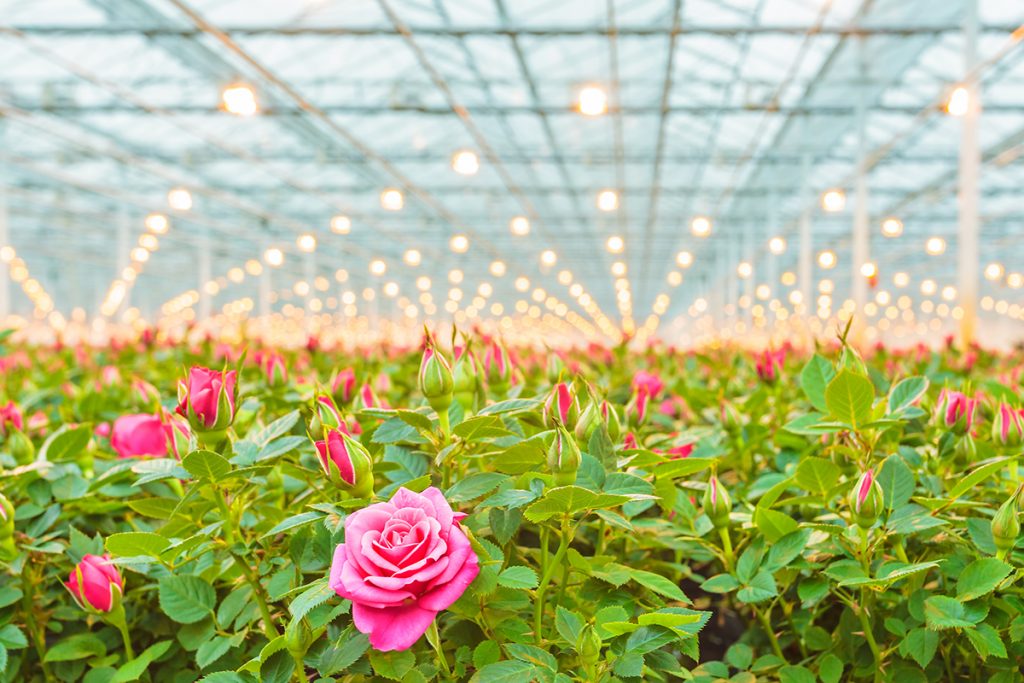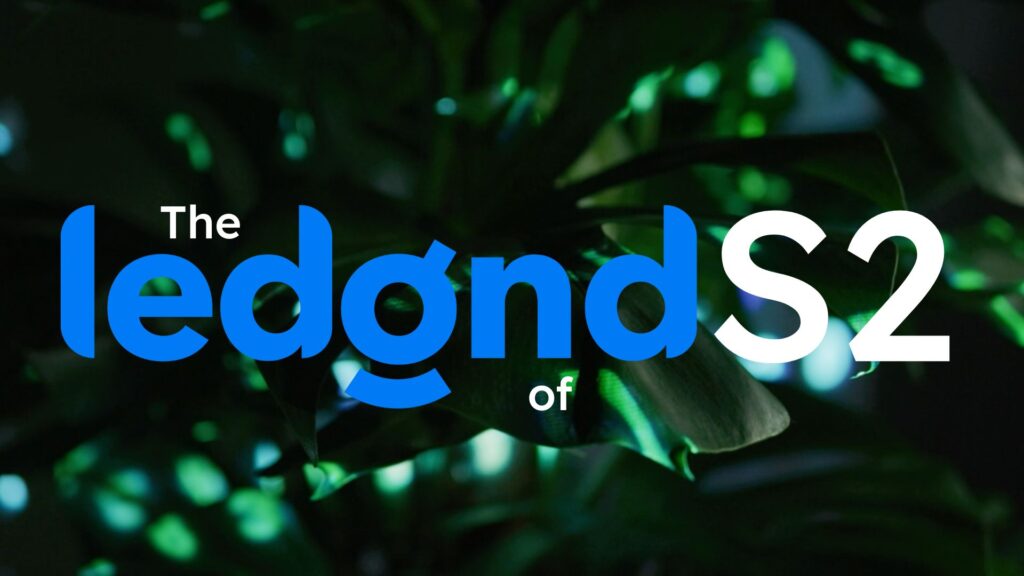How do you verify performance claims and degradation of LED lamps
When you decide to invest in LED lighting, you want to make an informed decision regarding the supplier and the LED lamps. In the article “Are You Buying LED Lamps or LED Myths,” we discussed the variables to consider when investing in LED. However, we have not yet addressed the long-term performance of LEDs. In fact, it is quite challenging to estimate this. In this article, we look into the long-term performance of LEDs and show you how to choose the performance and degradation of LED lamps as a grower.
We observe that in horticulture, much less clear agreements are made about this than in the conventional LED market. Given that LED is a significant investment, we consider the lack of such good arrangements a substantial risk. It sometimes happens that the performance claimed in the agreement is not achieved by the LED lamp. For instance, the amount of light may be different, the spectrum may not match, or the lamp’s degradation may occur faster than initially predicted. Therefore, it is crucial to measure your lamps so that you can verify the agreement and its associated conditions.

Verifying performance claims for LED lighting
The investment in LED is substantial and for the long term. Therefore, check the purchase upon delivery for the performance specified in the agreement. LED lamps can be measured using a Gonio Spectrometer and an Integrating Sphere, also known as an Ulbricht Sphere. These technologies measure the output, light distribution, and spectrum. From this, you can determine the lamp’s efficiency (µmol). This will help you ascertain whether the lamp meets the specified requirements. But: What have you agreed upon with the supplier regarding long-term performance? Our advice is to make very clear agreements about the degradation of your LED lamps.
Monitoring LED degradation during use

LEDs have a maximum number of operating hours, and through usage, the LED lamp will lose some of its light output over time. Therefore, it is essential to monitor this percentage degradation.
Additionally, you should also keep an eye on the spectrum retention. For example, a red LED chip may last longer than a white LED chip. In other words, one color LED may degrade faster than other colors, which can affect your spectrum over time.
Many light suppliers offer to periodically conduct inspections in the greenhouse, which is like a butcher inspecting his own meat. Regardless, we recommend conducting independent measurements in the greenhouse during the transition to LED. In case of discrepancies, you could have your fixtures measured by an independent measurement institute.
We perform degradation checks in MyLedgnd and take this into account when you wish to purchase your lamps. Want to know how we do this? Contact us or request a web demo on the MyLedgnd website.
New articles

How 2025 became the year of plant feedback, sustainability and collaboration
2025 was a year of contrasts for many growers: rising costs and stricter regulations, while at the same time more opportunities than ever to gain control of the crop using data. At Ledgnd, the year wa…

Ledgnd launches season 2 of video series “The Ledgnd of”
Ledgnd has launched the second season of its video series “The Ledgnd of”. The series takes a closer look at the key concepts and innovations shaping modern greenhouse horticulture. In the new season,…

Ledgnd at Hortibiz Next Level Data: From data to action
During the theme week “Next Level Data, Artificial Intelligence and Robotics” by Hortibiz News Radio, Ledgnd joined the table to talk about one key question: how do you turn all greenhouse data back i…
Read more

How 2025 became the year of plant feedback, sustainability and collaboration
2025 was a year of contrasts for many growers: rising costs and stricter regulations, while at the same time more opportunities than ever to gain control of the crop using data. At Ledgnd, the year wa…

Ledgnd launches season 2 of video series “The Ledgnd of”
Ledgnd has launched the second season of its video series “The Ledgnd of”. The series takes a closer look at the key concepts and innovations shaping modern greenhouse horticulture. In the new season,…

Ledgnd at Hortibiz Next Level Data: From data to action
During the theme week “Next Level Data, Artificial Intelligence and Robotics” by Hortibiz News Radio, Ledgnd joined the table to talk about one key question: how do you turn all greenhouse data back i…
Do you want to know more?
Interested in what Ledgnd can do for you? Leave your phone number, and we will contact you as soon as possible for a non-binding informational conversation

